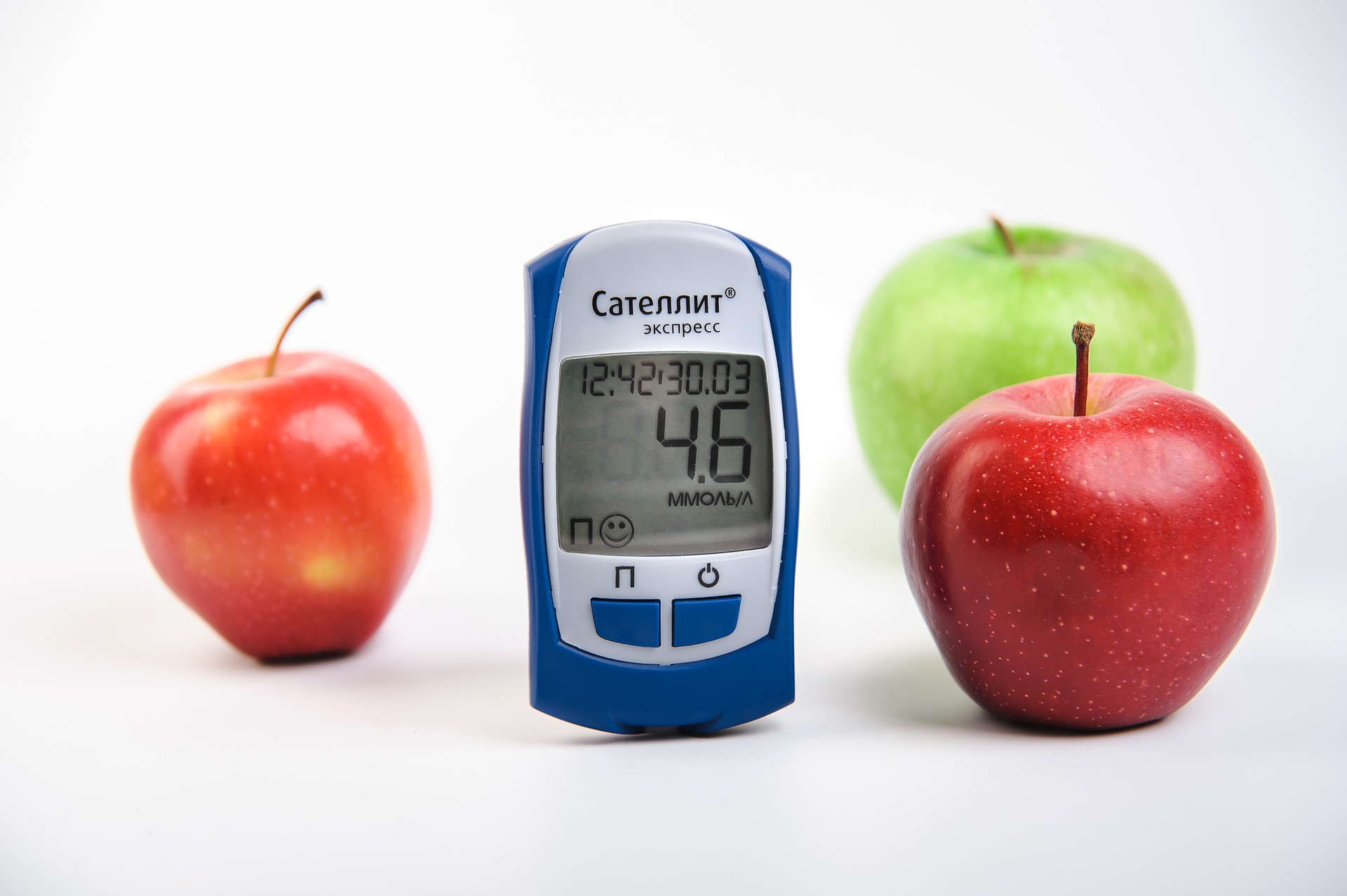November is National Diabetes Month. According to the CDC, 1.5 million Americans are newly diagnosed with diabetes every year. In 2017, diabetes was the seventh leading cause of death in the U.S. Approximately 13% of US adults have diabetes. The number of people in this country with diabetes is high, which is why we should use this month to raise awareness about this disease and discuss strategies to prevent it.
Diabetes is a group of diseases that results in too much glucose in the blood. Here are some diabetes-related words you should know:
- Glucose: a molecule that makes up one of the simplest forms of a carbohydrate. Another word for glucose is blood sugar.
- Insulin: a hormone produced by the pancreas that controls the amount of glucose in the blood.
- Carbohydrate: a macronutrient that the body needs in large amounts in order to function properly. Carbs are broken down in the body to form glucose, which is used as energy by the body.
There are two main types of diabetes that affect our population: Type 1 diabetes and Type 2 diabetes. Both types impact our blood sugar levels, but for different reasons. In Type 1 diabetes, the body does not make insulin, which we need to remove sugar from the blood. This process lowers our blood sugars, so without insulin in the body, our blood sugar remains high. On the other hand, in Type 2 diabetes, the body does not use insulin in the right way. Because of cell damage and death, our body makes less insulin and becomes less responsive to insulin. As a result, our blood sugar remains high because the body is not taking in as much glucose from the blood as it would if insulin was working properly.
Lifestyle changes through diet and exercise are the two main ways to lower your risk of developing diabetes. These recommendations will help put you on the right track toward living a healthier lifestyle.
-
- Follow a well-balanced diet that contains whole, minimally processed foods such as fruits and vegetables, whole grains, and lean meats.
- Eat fresh, frozen, or canned fruits and vegetables with little to no added sugar and sodium.
- Choose foods that are high in fiber and low in added sugars such as legumes, nuts, seeds, whole grains, and fruits & veggies with edible skins and seeds.
- Reduce your intake of highly processed foods and refined carbohydrates.
- Select lean protein sources and low/no fat dairy products.
- Aim for at least 150 minutes per week of moderate physical activity or 75 minutes per week of vigorous physical activity.
- Start slowly and aim for 30 minutes per day for 5 days per week.
- Try exercising for bouts of at least 10 minutes throughout the day.
- Any type of movement throughout the day is ideal. You should move your body in ways that you enjoy and are right and appropriate for you.
- A walk around the house, stretching during breaks at work or between commercials, and even cleaning the house are all great examples of easy ways to incorporate physical activity into your daily routine.
Go to diabetesresearch.org to learn more about diabetes.
Written by Katya Palacios, Simmons Dietetic Intern


